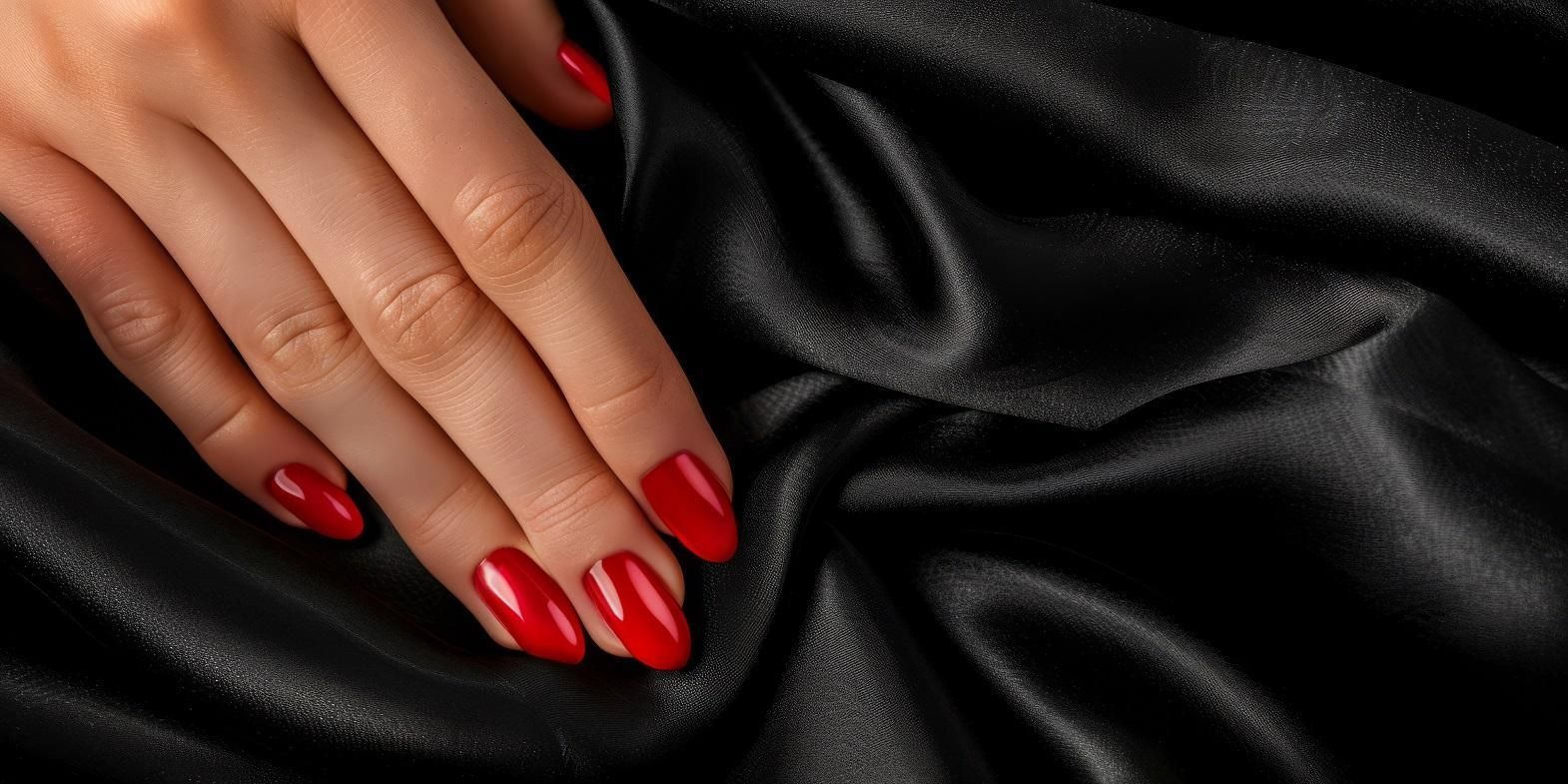Finishes are mainly divided into two categories. The first kind of finish is connected with the construction of the garment, and the second kind of finish is for decorative purposes. The construction finishes decide the durability of the garment, and decorative finishes are embellishments that make the garment appealing. The latter is not necessary for the solidity of the garment but comprises of the little details that make a garment worth buying.
Stitching is a significant part of perfect finishing. If stitching is poorly accomplished, nothing can ever rescue the garment. In some cases, stitching is meant to be visible and is executed in contrast thread; however, in most cases, stitching is done to hold the piece together and provide strength to the garment. Poor stitching can be easily pointed out if there are loose and hanging threads or if the thread color changes partway down a seam. A fine finished garment should have clean and neat stitching, which should completely sink into the fabric. Usually, the thread should be the same shade or one shade darker than the cloth's color.
Flat seams are considered good and should not ruck up where the fabric pieces are joined. Seams that are more complicated like the French seam only appear on quality garments. In the French seam, the seam is sewn inside out, then outside in, thus enclosing all rough edges.
The French seam requires twice as much time as a simple seam, but the results are incredible. It's usually seen on women's dresses and skirts. Another complicated seam is the flat fell seam, which is executed on jeans. The flat fell seam looks like a double row of stitching from the outside, and the raw edges are contained inside it. This seam appears a little bulky but is very strong (the reason it's standard on the outer leg of your jeans, while the inner leg is usually simply serged).
Another important part of the finish is seam allowances. Good quality garments tend to have larger seam allowances inside the garment. Tight seam allowances increase the strain on the garment, and if one of the seam allowances is tattered, there's not enough fabric left for a repair. Most of the vintage garments have large seam allowances to prevent fraying.
In some garments like cardigans, stay tapes are put into stretch garments that stop them from stretching at undesirable spots, like at the shoulder of a cardigan. A good quality cashmere or cardigan usually has grosgrain ribbon tape behind both the buttons and the buttonholes to prevent distortion. Hems are also part of finishing and quality garments have deeper hems than cheaper ones. Hem should be finished invisibly, with no stitching visible on the outside. A blind hem stitch can help accomplish this. Hems tell the difference between low and good manufacture.
Apart from hems, facings are also used to impart a perfect finish to the garment. Facing is a piece of cloth that covers the raw edges of a garment at open areas, such as the neckline, armhole, and front and back plackets or opening. A fine finished garment will have a deep facing. On a cheap garment there are fewer facings Interfacing is another part of finishing process. It is an extra layer of fabric that lies between the outer garment and the facing. It's often not visible because it's completely enclosed - this will certainly be the case in something like a lined jacket or coat.
Other kind of finishing is used for decorative purpose and includes buttons, buttonholes, zip, etc. Buttons must be sewn on properly by giving them a good tug and twist. On quality tailoring, buttonholes are often 'bound' - that is, no stitching is visible at all. Zips on quality skirts and dresses are usually invisible, and the slit in the garment where the zip is inserted is not outlined by stitching. All pockets on a garment should be fit for their purpose and if they're visible, they should add to the design of the garment. Apart from these, applied techniques such as sequinning, tambour-work or beading are purely decorative rather than inherent to the construction of a garment, and they still generally have to be done by hand.
When the garments are carelessly cut and if stitching is not done properly then the garment will have poor finishing, this will reflect on its fitting as well. If the basic finishing patterns are not properly done then poor fitting occurs. The garments should be checked for good finishing steps.
A simple garment can look chic if the manufacturers ensure proper finishing. Good finishing is the key to a great garment. It is easy to look more pulled together just by making sure that clothes are finished perfectly.
References:
1. Textileschool.com
2. Secondcherry.com








Comments